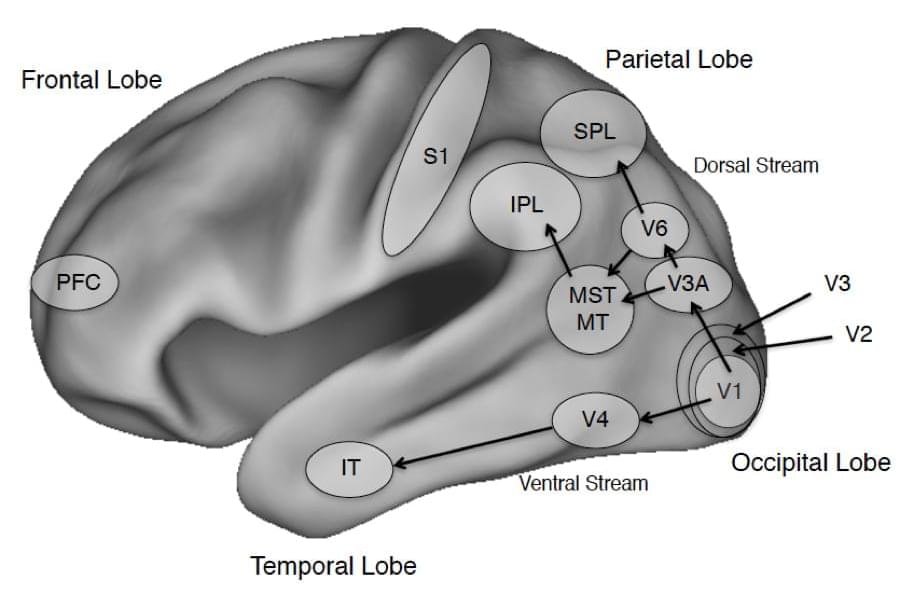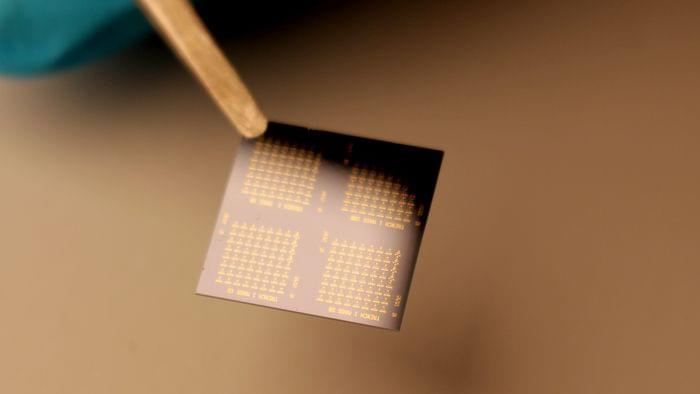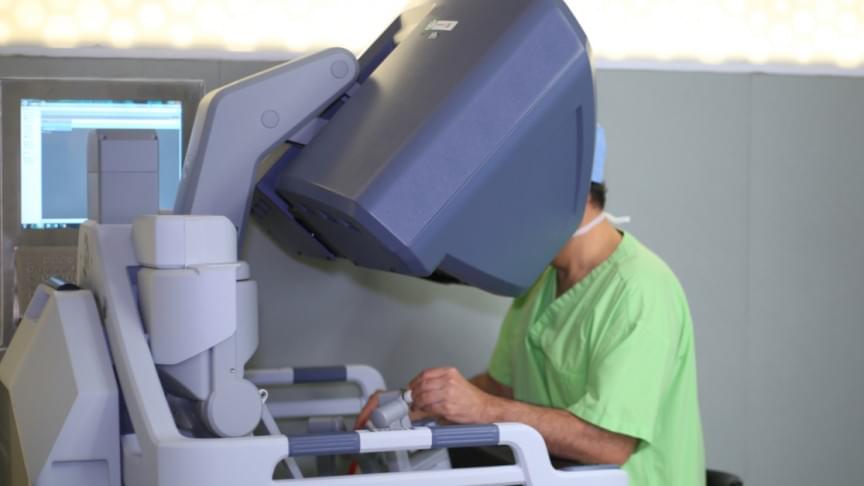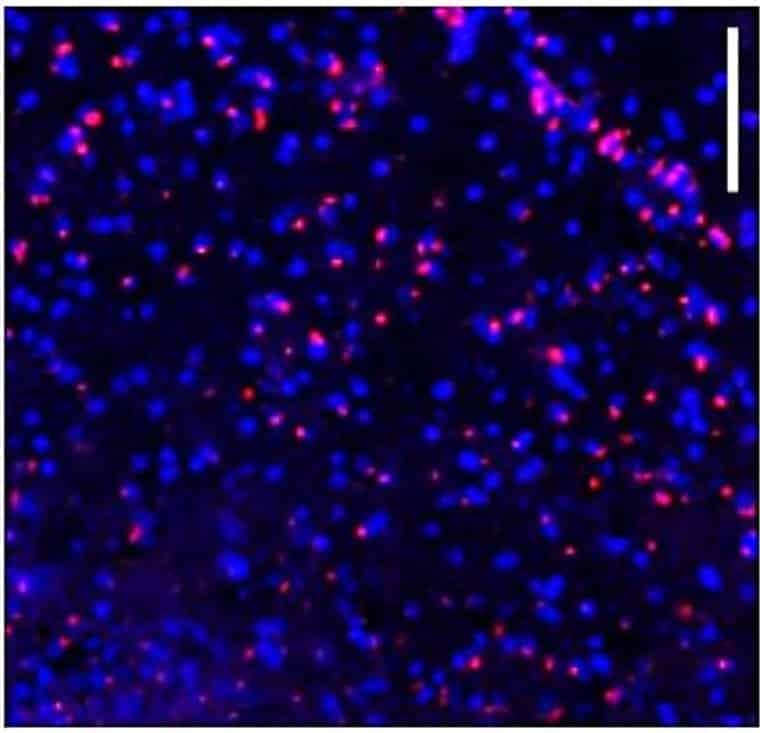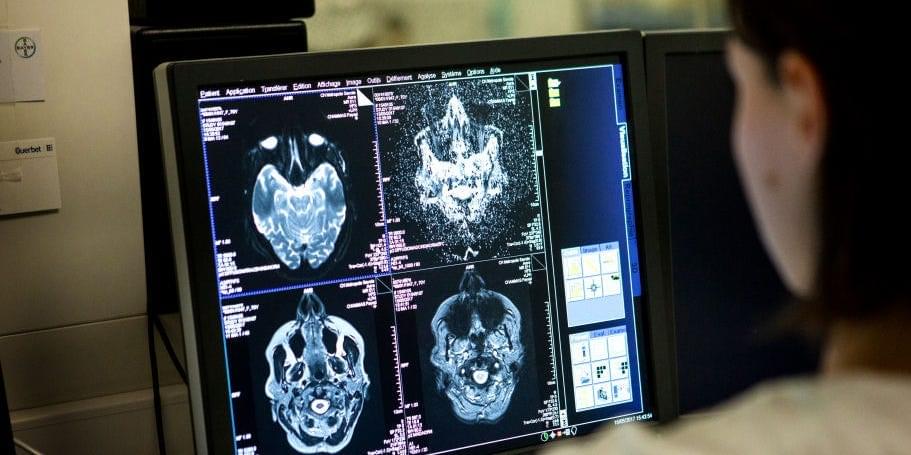𝐒𝐭𝐚𝐧𝐟𝐨𝐫𝐝 𝐄𝐧𝐜𝐲𝐜𝐥𝐨𝐩𝐞𝐝𝐢𝐚 𝐨𝐟 𝐏𝐡𝐢𝐥𝐨𝐬𝐨𝐩𝐡𝐲:
The Neuro-Network.
𝐓𝐡𝐞 𝐍𝐞𝐮𝐫𝐨𝐬𝐜𝐢𝐞𝐧𝐜𝐞 𝐨𝐟 𝐂𝐨𝐧𝐬𝐜𝐢𝐨𝐮𝐬𝐧𝐞𝐬𝐬.
First published Tue Oct 9, 2018.
Conscious experience in humans depends on brain activity, so neuroscience will contribute to explaining consciousness. What would it be for neuroscience to explain consciousness? How much progress has neuroscience made in doing so? What challenges does it face? How can it meet those challenges? What is the philosophical significance of its findings? This entry addresses these and related questions.
To bridge the gulf between brain and consciousness, we need neural data, computational and psychological models, and philosophical analysis to identify principles to connect brain activity to conscious experience in an illuminating way. This entry will focus on identifying such principles without shying away from the neural details. The notion of neuroscientific explanation here conceives of it as providing informative answers to concrete questions that can be addressed by neuroscientific approaches. Accordingly, the theories and data to be considered will be organized around constructing answers to two questions (see section 1.4 for more precise formulations):
